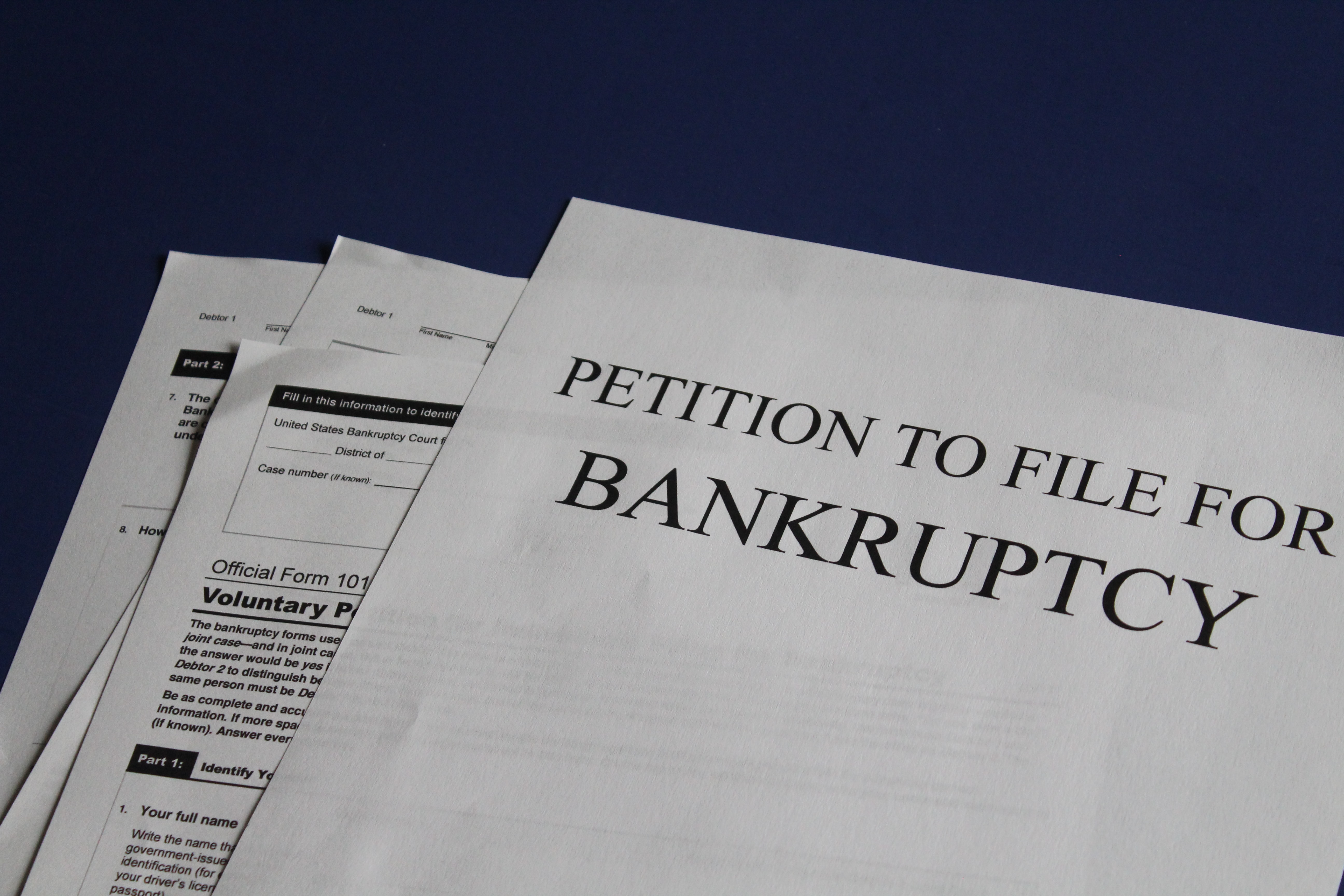When the pandemic forced the closure of businesses and schools in Nevada in March 2020, bankruptcy attorneys anticipated a substantial increase in bankruptcy filings. That did not occur. Instead, bankruptcy filings in the Silver State decreased in 2020 and, for some forms of bankruptcy, the decrease was substantial. Here’s the numbers for the entire state filings (obtained from the website of the United States Bankruptcy Court for the District of Nevada):
| 2019 | 2020 | 2021 (Jan&Feb) | Extrapolated 2021 | |
| Chapter 7 | 7818 | 6869 (13% decrease) | 1014 | 6084 (12% decrease) |
| Chapter 11 | 83 | 82 (no change) | 18 | 108 (33% increase) |
| Chapter 13 | 1811 | 839 (54% decrease) | 101 | 606 (28% decrease) |
Why are the economic effects of the pandemic not accompanied by increased bankruptcy filings in Nevada? There may be multiple reasons that act synergistically. Individuals who suffered unemployment had government support, including Nevada unemployment, supplemental unemployment payments from the United States government through the CARES Act and now continued through the American Rescue Plan Act. The Payroll Protection Plan (PPP) loans helped businesses continue to meet payroll and pay other expenses. In addition, the moratorium on residential evictions and on certain foreclosures appear to have served as a buffer from the economic effects of unemployment and underemployment. Individuals within certain income also received lump sum payments from the CARES Act; a similar payment made possible by the American Rescue Plan Act is probably too recent to be reflected in any data reported above. With respect to chapter 11, typically the bankruptcy vehicle for businesses, one conclusion to draw from the data is that companies that were forced out of business simply did not consider bankruptcy as a realistic alternative to simply closing their doors in 2020. That roughly the same number of chapter 11 cases were filed in 2020 as in 2019 suggests that chapter 11 continued to be utilized as a reorganization alternative for the businesses that may have needed to resort to bankruptcy even if the pandemic had not occurred.
Three aspects of this data are noteworthy. First, the largest decrease in case filings in 2020 were in the two types of bankruptcy routinely chosen by individuals: chapters 7 and 13. Second, while the chapter 11 filings remained essentially the same from 2019 through 2020, one would have expected that the number of chapter 11 filings for troubled businesses would have increased in 2020 but did not. Third, extrapolating from the two months of data for 2021 (January and February) and annualizing from these two months, the chapter 7 and 13 filings for 2021 could be expected to be markedly fewer in number than for 2020, down an addition 12 percent for chapter 7 and 28 percent for chapter 13 from 2020. In contrast, the chapter 11 filings for 2021 could be expected to increase by 33 percent.
The extrapolation of filings for 2021 is much too early in the year to conclude that these figures are reliable. Stay tuned as the year unfolds and we will report back on bankruptcy filings in 2021 and what these metrics mean for Nevada’s economic health.

